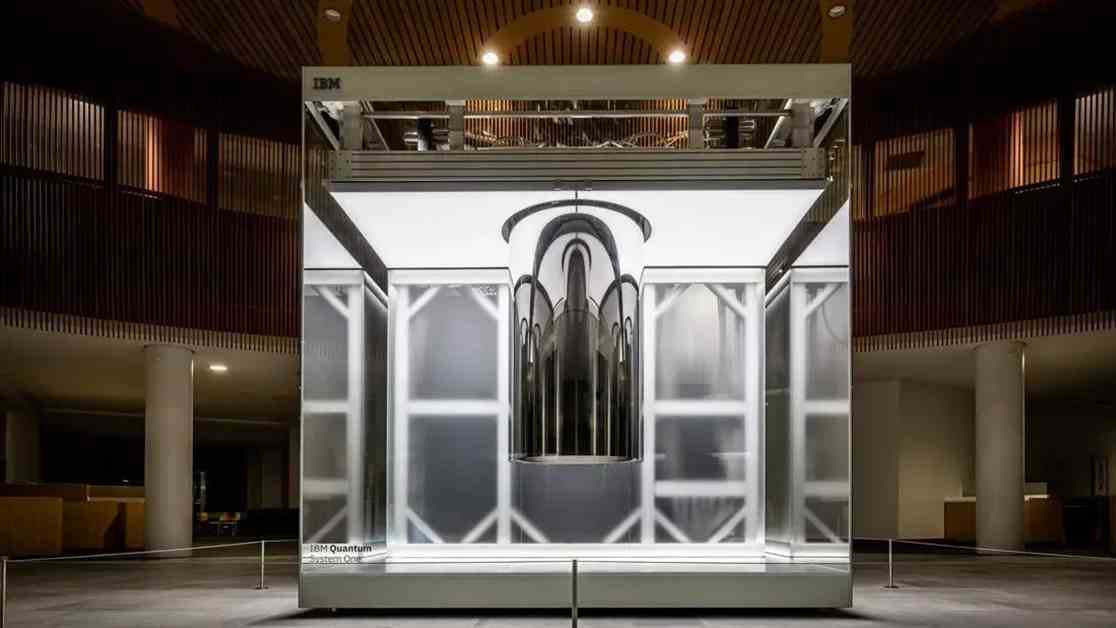Unveiling Protein Structures with Quantum Computing
Recent Breakthrough in Protein Structure Prediction Using Quantum Computing
In a groundbreaking collaboration between Cleveland Clinic and IBM, researchers have made significant progress in the field of protein structure prediction by harnessing the power of quantum computing. Their findings, published in the Journal of Chemical Theory and Computation, offer new insights into the potential applications of quantum computing techniques in this critical area of research.
How Can Quantum Computing Revolutionize Protein Structure Prediction?
Traditional methods of predicting protein structures have been limited by the computational power required to model complex protein folding processes accurately. By integrating quantum and classical computing techniques, researchers have developed a hybrid framework that can overcome these limitations and provide more accurate predictions of protein structures. This innovative approach has the potential to revolutionize the field of structural biology and drug design.
The research team’s use of quantum algorithms to model the physics of protein folding has enabled them to tackle challenges that were previously insurmountable with classical computing methods. By harnessing the unique capabilities of quantum computers, such as parallel processing and superposition, the team was able to achieve results that outperformed existing classical methods and established a new benchmark for protein structure prediction.
What Are the Implications of This Research for Drug Development and Disease Treatment?
Accurate predictions of protein structures are essential for developing effective treatments for a wide range of diseases. By leveraging quantum computing techniques, researchers can gain a deeper understanding of how proteins function and interact, paving the way for the design of more targeted and efficient therapies. This research has the potential to revolutionize the field of drug development and personalized medicine by enabling scientists to predict protein structures with unprecedented accuracy and speed.
The interdisciplinary nature of this project, which brought together experts from fields such as computational biology, chemistry, quantum computing, and algorithm design, highlights the importance of collaboration in advancing scientific research. By combining the strengths of different disciplines, the research team was able to develop a novel computational framework that has the potential to transform our understanding of protein structures and their role in human health and disease.
By pushing the boundaries of quantum computing capabilities in protein structure prediction, this research opens up new possibilities for exploring the complex world of molecular biology and accelerating the development of life-saving treatments. As scientists continue to refine and optimize quantum algorithms for predicting protein structures, we can expect to see further breakthroughs in this exciting field of research.



